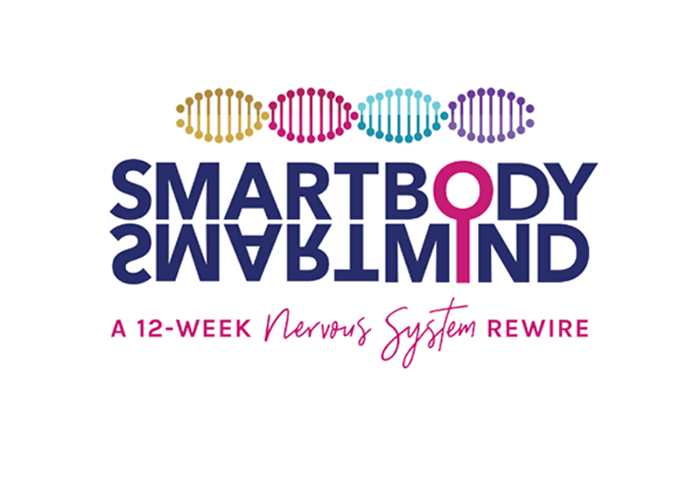The difference between a coping mechanism and a healthy impulse or resource can be blurry, as sometimes a thing is both. But if I have to make a distinction it would be this: a coping mechanism is used to keep one from going into overwhelm or to manage habitual stress, while a resource or healthy impulse is something that helps us be with the overwhelm and stress in a way that genuinely moves us towards greater health and healing. That being said, if a coping mechanism is what we have, that in itself is a form of resource, because it IS helping us maintain our sense of well-being, even if it isn’t healthy in a holistic sense.
A coping mechanism is typically something we use in order to deal with life. It could be a behaviour, substance we consume, thought pattern, avoidance or distraction when we get stressed, or even a bodily posture we unconsciously adopt. Coping mechanisms generally aid one in checking out, numbing out, or otherwise avoiding what’s happening, and are often detrimental to health. BUT! They are still an important part of us staying sane and feeling safe on the way to developing internal resources and learning to hear our healthy impulses, so in that sense they do contribute to the healing process, as long as we are learning and working to develop different options, and not only staying fixated on our existing behaviours.
Also, sometimes they can be fairly benign. For example, I always read a lot (and I mean a LOT) of science fiction and fantasy as a kid. It was my escape and it helped me survive. There were no adverse effects so it was a pretty healthy coping mechanism.
To be clear again – a coping mechanism should never be seen as ‘bad’; they helped us survive and get to this point. It’s better to have coping mechanisms, and better yet to be aware of what they are, than to not have any or to be unaware of what we are doing to manage our stress. And again, if coping mechanisms are all we have at this point – that is a form of resource.
A resource or impulse that doesn’t involve coping or management is something that helps us be with the stress without suppressing it, and then enables us to come down from that activation in a natural way, so we can move forward in our healing.
Sometimes though, things that people think are healthy resources are actually coping mechanisms in disguise. For example, someone could say that their meditation practice, yoga routine, or exercise regimen is a resource, and that may be, if they are not rigidly habitual about the practice, and if they are trauma informed, tuned in, and know how to work with the material that may get triggered by these activities. But more often than not in our culture, these practices are actually glorified coping mechanisms that simply look nicer than drugs, booze, or compulsive shopping.
A truly positive resource is often internal, meaning it is some quality or ability we have within ourselves, and for trauma survivors these are generally the things that are lacking and need to be learned the most (which is what this work is all about!).
Internal resources can be things like being able to tap into one’s own innate sense of safety or personal power, having the capacity to allow difficult emotions and sensations to move through the body, or having awareness of what fight/flight activation (that sympathetic nervous system) feels like, and how to come down through activating the parasympathetic in different ways. And healthy impulses may mean organically allowing sounds or movements to come through, or simply feeling the kind of tea we want to have, or which way to go on a walk.
Resources can also be external, for instance, social engagement with safe people or even pets, or immersing oneself in water or music, or orienting to the safety in the external environment, are all natural ways to feel into our experience and to bring down activation. These are the kinds of things we generally see as resources.
A final note on impulses. True, healthy, biological impulses are almost always far ‘quieter’ than impulses and cravings that are driven out of a need to cope or manage our survival energy. Very often at the beginning of this work we need to learn to really listen for those quieter signals, and one way to cultivate this is by starting with following our most basic, biological impulses – pee when we need to, eat when we are hungry, allow ourselves to pass gas instead of holding it in (granted that won’t lead to more stress and activation given the situation), etc… Over time, we can start to hear these internal impulses more clearly and may get guidance about all sorts of things, like turning at a different street thatn usual and it turns out we saved ourselves from a traffic jam, or which alley we should avoid walking down because it really isn’t safe, etc…
Impulses that come from a place of survival and management tend to be more loud, urgent, and often objectively not healthy in a holistic sense, and following them can sometimes lead to further drama and stress – like, I follow my impulse to scream at a co-worker (because actually I’m triggered into survival energy) and then I lose my job which creates more stress. Or I follow my impulse to eat all the cookies in the cookie jar, but actually I was suppressing grief and now I have a stomach ache.
